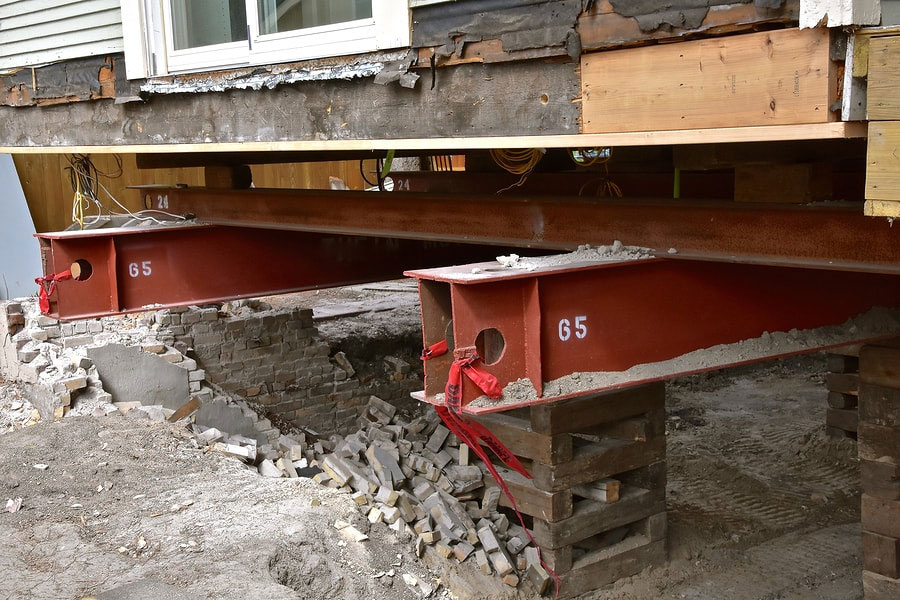If you are looking for a way to improve your foundation’s stability, then a Foundation Retrofit may be what you need. Foundation Retrofit is the process of repairing and restoring the foundation drains, sump pumps, and other water pipes that may have experienced damage due to age or other reasons. When basement walls and floors sag, this can limit the structural soundness of the entire home, significantly impacting your home’s resale value. A Foundation Retrofit is not only an economical method of improving your foundation’s structure, but it also helps to protect your home’s interior from humidity, mold, mildew, and corrosion. The following article will discuss the importance of a Foundation Retrofit and the different methods available to you.
A Foundation Retrofit is often performed as part of a basement waterproofing project. During the procedure, a qualified foundation engineer will remove any structures or parts of the basement that could be detrimental to the waterproofing of your foundation. The purpose of this activity is to make sure that the existing foundation drainage system is properly attached and working correctly. Any obstructions in the system that are being removed will be replaced with new piping, draining material, or a complete foundation repair.
Any basement walls that are close to the soil line should be reinforced. The most common materials used for reinforcement are concrete or reinforced steel pipe. If your home has a crawlspace, the entire basement may need to be excavated. Removing the upper foundation walls and bottom floor foundation drain will create an open access area for the contractor.
One of the first items to be considered is whether or not your sump pump is still functioning. It is always a good idea to check your sump pump often. The sump pump collects all of the water that rains down through the home’s foundation. If the sump pump malfunctions, the accumulated water could cause the foundation to weaken and eventually collapse. The entire removal and replacement of the sump pump are usually covered under a warranty.
Foundation crack repairs are another possibility. Most basements are not perfectly level. Even if your home has no slope on its exterior, many basements have a slight slope on their interior. Water can sneak in between the floor joists, or the basement walls, and the wall on the inside may have cracks or breaks. These cracks can result in water entering the home through tiny holes, or cracks in the drywall. This will lead to moisture building up in your home, and causing the wood framing to swell, and eventually mold to form.
One more possibility for foundation damage comes from expansion of the soil beneath the home’s foundation. When soil is pumped for agricultural purposes, it is pumped with the expectation that it will fill in the spaces between the rows of row houses. As long as there are water tables in the area, the soil will expand to accommodate the new levels. Once this process begins, however, the expansion will cause the foundation to buckle or crumble in some cases.
Unfortunately, sometimes an existing basement wall will need to be repaired or replaced. If the damage is too extensive, it might be necessary to demolish the home’s current basement walls and build anew. However, there are ways to mitigate this problem. For instance, you can frame your basement wall, add interior concrete walls, and then waterproof the wall. Your newly framed walls will be waterproof, thus cutting down on the chance of mold growing between the walls. This will also allow you to finish off your basement walls with insulation.
A foundation retrofit is a good idea for anyone whose basement walls have cracked, buckled, or sunk in. They don’t have to be a permanent solution, though. With a little planning and preparation, you can turn your basement into a dry, energy-efficient, low moisture environment again. You should consult your local county office to find out the best methods for fixing your basement. You might find that it is a better choice than buying a new house altogether, or at least a cheaper one.

